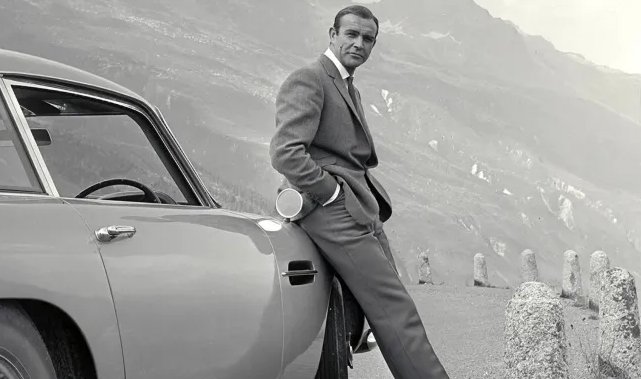James Cameron Wants to Slash Blockbuster Budgets—With a Little Help from AI
James Cameron, the legendary filmmaker behind some of the most successful box office hits of all time, is raising a red flag about the future of Hollywood blockbusters. While Cameron has long been known for pushing the boundaries of visual effects (VFX) and storytelling, he’s now urging the industry to rethink how much it’s spending—especially on the effects that often define these films.
In a recent conversation on the Boz to the Future podcast, Cameron didn’t mince words: blockbuster films are getting too expensive to make, and something has to give.
🎬 A Track Record Few Can Match
To be clear, Cameron isn’t just another director sounding off—he’s made three of the four highest-grossing movies in cinematic history (Avatar, Titanic, and Avatar: The Way of Water). If anyone understands the economic equation behind what makes a mega-movie profitable, it’s him.
But even someone with Cameron’s resume is concerned. “It’s not sustainable,” he emphasized during the interview, referring to the skyrocketing budgets that modern blockbusters carry. Many of today’s tentpole films cost upwards of $250–300 million, not including marketing—figures that make profitability an ever-tightening needle to thread.
⚙️ The VFX Dilemma
One of the biggest culprits? Visual effects. VFX have become central to modern storytelling—especially in action, sci-fi, and superhero genres. But as expectations rise, so does the cost.
Cameron thinks it’s time for a correction. He believes the industry needs to cut VFX costs in half to keep big-budget filmmaking viable. But unlike some critics who call for reducing the use of VFX altogether, Cameron’s approach is more nuanced—and futuristic.
🤖 Enter AI: A Cost-Cutter, Not a Job-Killer
Cameron is looking toward artificial intelligence as a potential solution. He clarified that his interest in AI isn’t about replacing artists or eliminating jobs. Instead, he’s focused on how AI can help streamline and support the VFX process, making it faster and more efficient without sacrificing quality—or employment.
“We’re looking at using AI to reduce some of the workload—not the workers,” he said, emphasizing the goal of maintaining human creativity at the center of the process while lightening the technical burden.
It’s a delicate balance. On one hand, studios are racing to use AI tools that can speed up workflows, generate preliminary images, or even simulate lighting and physics. On the other, there’s understandable concern in the creative community about automation going too far.
Cameron, ever the tech-optimist with a conscience, seems to be advocating for responsible AI integration, where the tools empower artists rather than replace them.
💡 What Could This Mean for the Future of Film?
If successful, Cameron’s vision could reshape the economics of blockbuster filmmaking. Lower VFX costs could:
- Make it easier for studios to greenlight ambitious projects
- Free up budgets for more creative risks
- Give smaller studios a shot at competing in the visual spectacle game
- Ease financial pressure on films that don’t shatter box office records
And if AI can truly act as a supportive tool without eliminating jobs, it could foster a more sustainable and humane VFX industry, which has long been criticized for grueling hours and unrealistic production timelines.
🌍 Cameron’s Bigger Picture
James Cameron has always embraced technological innovation, from the pioneering use of CGI in Terminator 2 to the groundbreaking 3D and performance capture in Avatar. But now, he’s urging Hollywood to innovate not just for art’s sake, but for survival.
Whether or not the industry listens remains to be seen—but if history is any indication, when Cameron talks about the future of filmmaking, it’s usually wise to pay attention.



